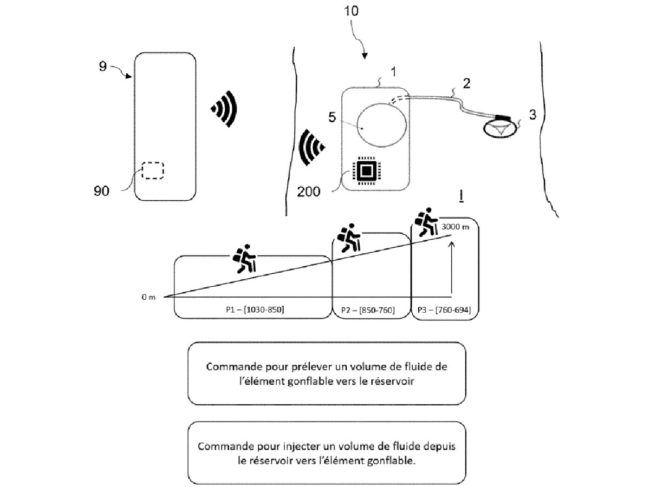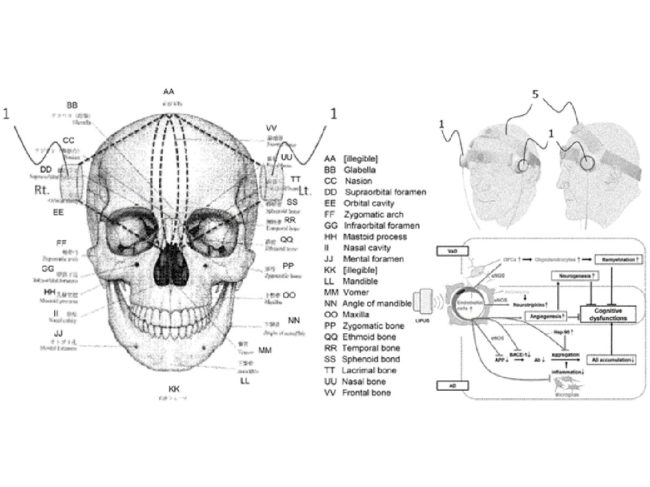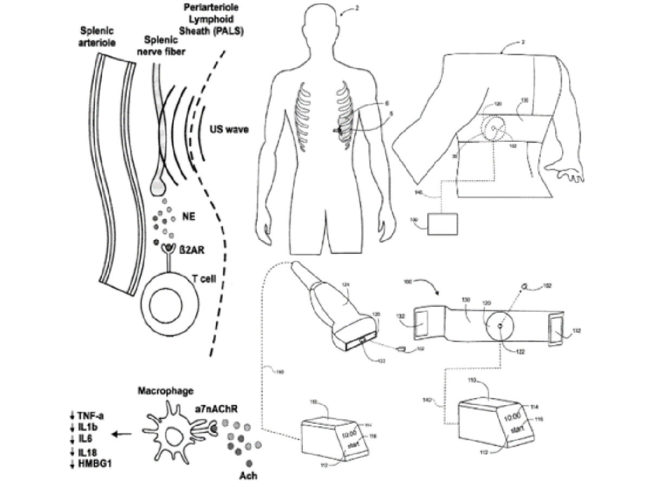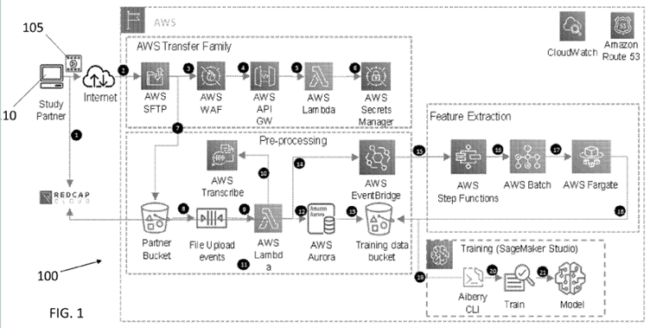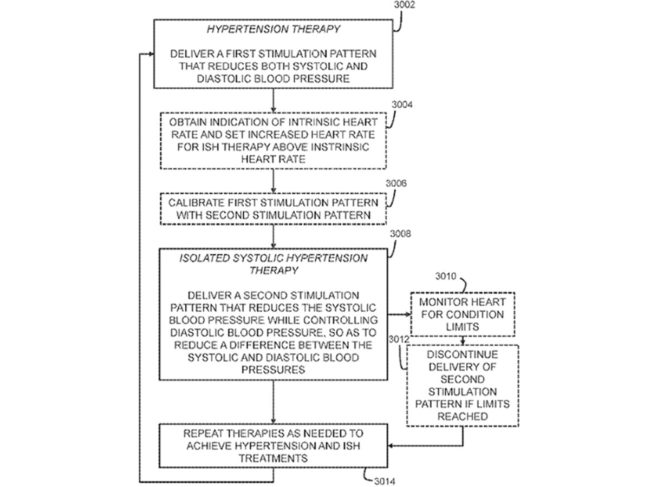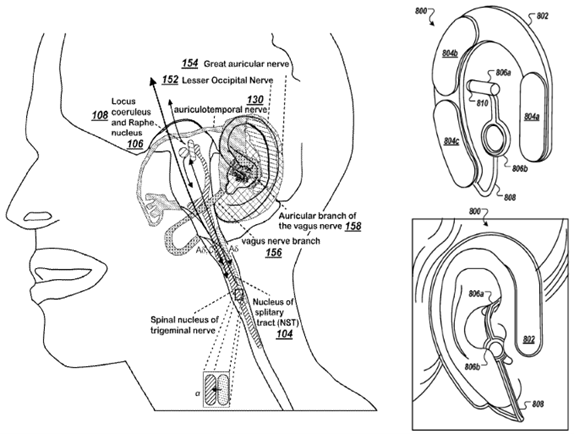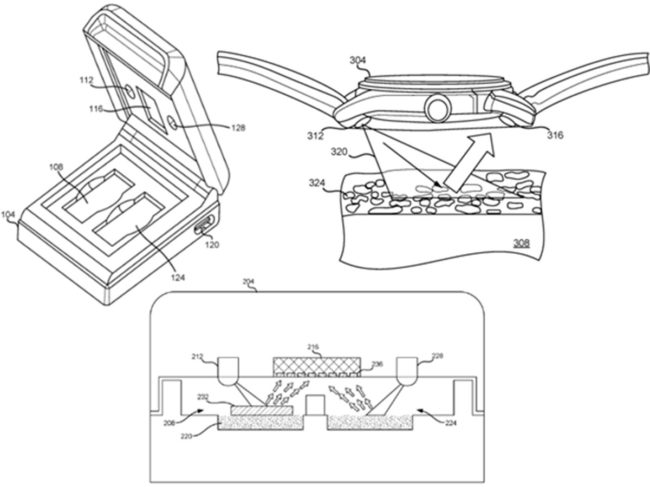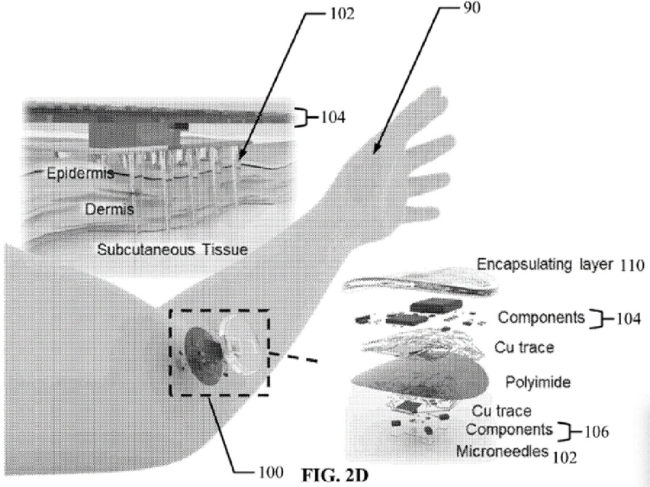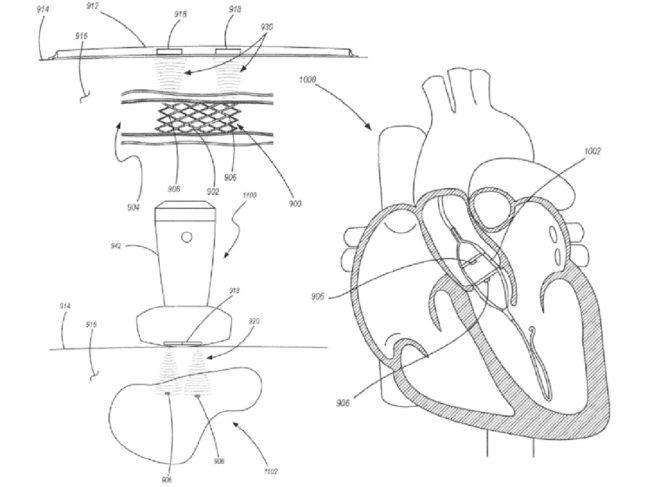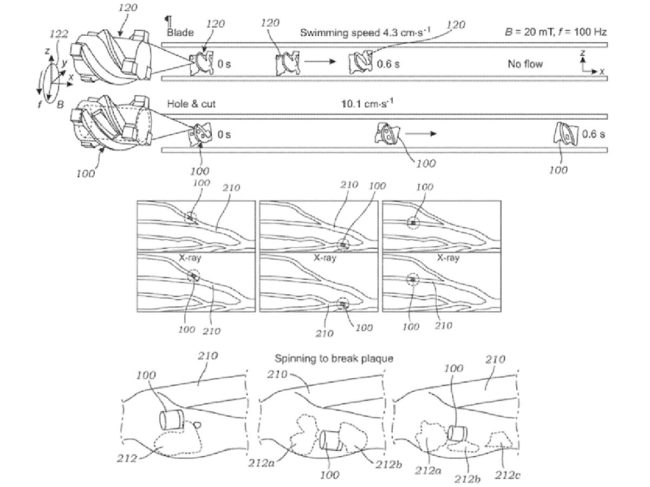
- BioWorld
- BioWorld MedTech
- BioWorld Asia
- BioWorld Science
- Data Snapshots
- Special reports
- Infographics: Dynamic digital data analysis
- Trump administration impacts
- Biopharma M&A scorecard
- BioWorld 2024 review
- BioWorld MedTech 2024 review
- BioWorld Science 2024 review
- Women's health
- China's GLP-1 landscape
- PFA re-energizes afib market
- China CAR T
- Alzheimer's disease
- Israel
- Rise of obesity
- Radiopharmaceuticals
- Biosimilars
- Aging
- IVDs on the rise
- Coronavirus
- Artificial intelligence
ARTICLES
Patents
Sound Wave builds IP for ultrasound therapies for dementia and heart disease
Dec. 14, 2023
By Simon Kerton
Patents
Acoustic wave therapy device for treating rheumatoid arthritis
Dec. 13, 2023
By Simon Kerton
Patents
Aiberry files new patents for AI-powered mental health assessment platform
Dec. 12, 2023
By Simon Kerton
Patents
Backbeat strengthens IP portfolio for bioelectronic hypertension therapy
Dec. 11, 2023
By Simon Kerton
Patents
Spark Biomedical reveals new uses for its neurostimulator earpieces
Dec. 4, 2023
By Simon Kerton
Patents
Portable IR spectroscopy device for cancer detection
Nov. 29, 2023
By Simon Kerton
Patents
A wearable for deep tissue sensing, automated drug delivery
Nov. 28, 2023
By Simon Kerton
Patents
Xenter ultrasonic sensor patent includes tumor size monitoring claims
Nov. 27, 2023
By Simon Kerton
Patents
Stanford researchers develop magnetically controlled millirobot
Nov. 22, 2023
By Simon Kerton
- BioWorld
- BioWorld MedTech
- BioWorld Asia
- BioWorld Science
- Data Snapshots
- Special reports
- Infographics: Dynamic digital data analysis
- Trump administration impacts
- Biopharma M&A scorecard
- BioWorld 2024 review
- BioWorld MedTech 2024 review
- BioWorld Science 2024 review
- Women's health
- China's GLP-1 landscape
- PFA re-energizes afib market
- China CAR T
- Alzheimer's disease
- Israel
- Rise of obesity
- Radiopharmaceuticals
- Biosimilars
- Aging
- IVDs on the rise
- Coronavirus
- Artificial intelligence
